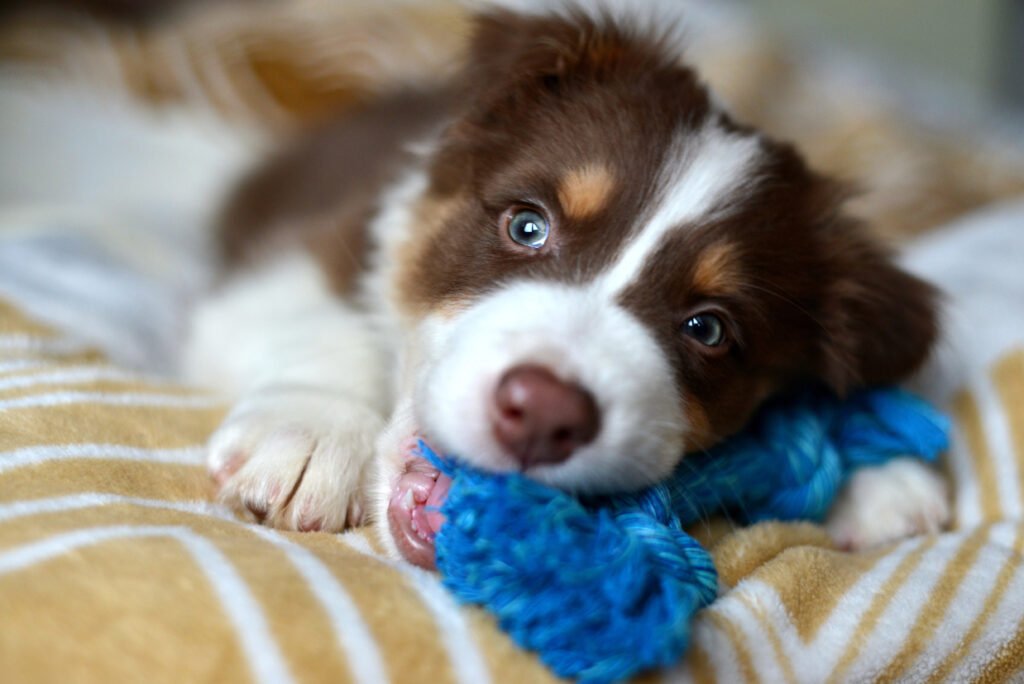Separation anxiety is a common issue among puppies, manifesting as stress or panic when they are left alone. Recognizing the signs early on can help you address the issue before it becomes severe. Typical behaviors include excessive barking, whining, destruction of furniture, and toileting accidents. As a responsible pet owner, understanding this aspect of your puppy’s behavior will prepare you to manage their emotions better.
Setting the Stage for Independence

Before leaving your puppy alone, it’s crucial to create a safe and comfortable environment that encourages independence. This space should be free from hazards and filled with their favorite toys to keep them occupied. A cozy bed and a small area where they can retreat can help them feel secure. Familiarity with their surroundings is key to reducing anxiety.
Gradual Desensitization Techniques

Gradual desensitization involves exposing your puppy to the concept of being alone in small, manageable steps. Begin by leaving them alone for short periods, such as a few minutes at a time, and gradually increase the duration. This method helps your puppy to slowly adjust, preventing feelings of abandonment or distress.
Using Positive Reinforcement

Positive reinforcement is an effective approach in teaching puppies to enjoy their alone time. Before leaving, offer them a special treat or toy that is only available during their alone time. This helps build a positive association with solitude. When you return, reward them with praise or another treat if they remained calm.
Consider Crate Training

Crate training can provide a secure and comforting environment for your puppy when left alone. The crate should not be used for punishment; instead, it must be viewed as a personal space for rest and relaxation. Introduce the crate gradually, allowing your puppy to explore it while associating it with positive experiences, such as treats and toys.
The Role of Pheromone Diffusers and Calming Products

Pheromone diffusers and other calming products can be beneficial in reducing anxiety in puppies. These products mimic the natural calming chemicals released by mother dogs, helping to soothe and relax your puppy. Consult with a veterinarian to understand the options available and what might be best for your puppy’s particular needs.
Maintaining a Routine

Puppies thrive on routine and predictability. Establishing a consistent schedule for feeding, bathroom breaks, playtime, and sleep can decrease anxiety. Ensure your puppy gets plenty of physical exercise and mental stimulation before you leave to help expend some of their energy and promote relaxation.
When to Seek Professional Help

If your puppy continues to struggle despite consistent training and efforts to reduce anxiety, it might be time to seek professional help. Professional dog trainers or animal behaviorists can offer guidance tailored to your puppy’s unique temperament. Additionally, a veterinarian can rule out any medical issues that may contribute to the anxiety.
By understanding the nuances of separation anxiety and implementing these strategies, you can help your puppy become comfortable with being alone. With patience and consistency, you’ll foster a sense of security and independence in your furry friend, ensuring they’re happy and well-adjusted.

Andrew Alpin from India is the Brand Manager of Doggo digest. Andrew is an experienced content specialist and social media manager with a passion for writing. His forte includes health and wellness, Travel, Animals, and Nature. A nature nomad, Andrew is obsessed with mountains and loves high-altitude trekking. He has been on several Himalayan treks in India including the Everest Base Camp in Nepal.






